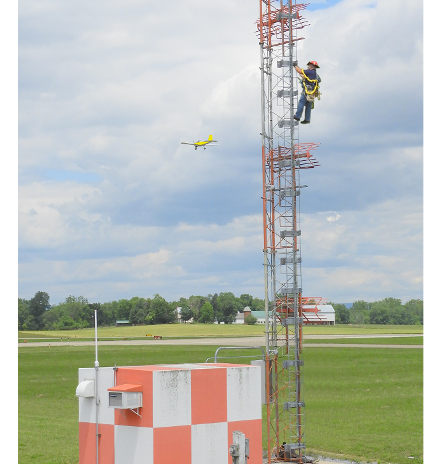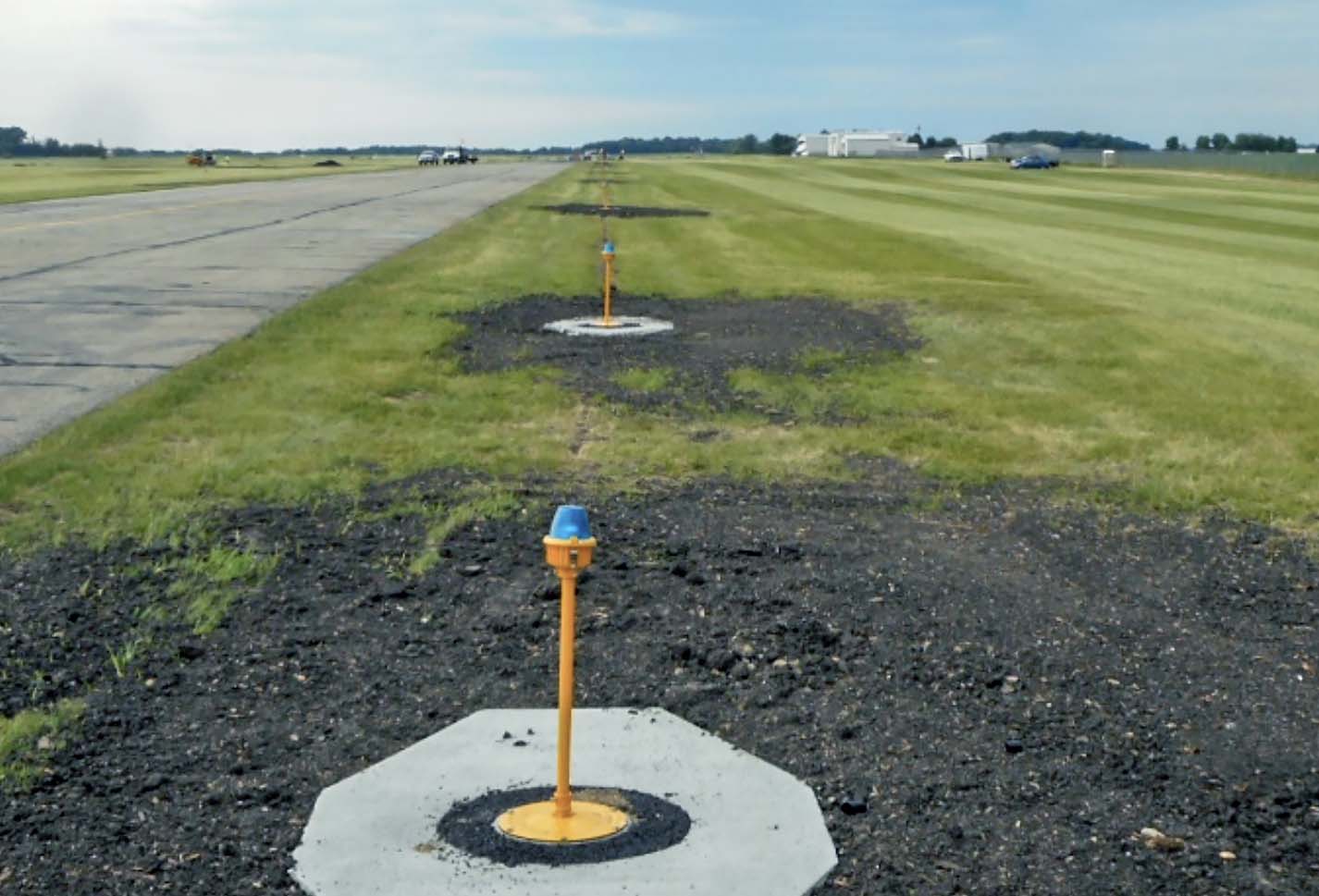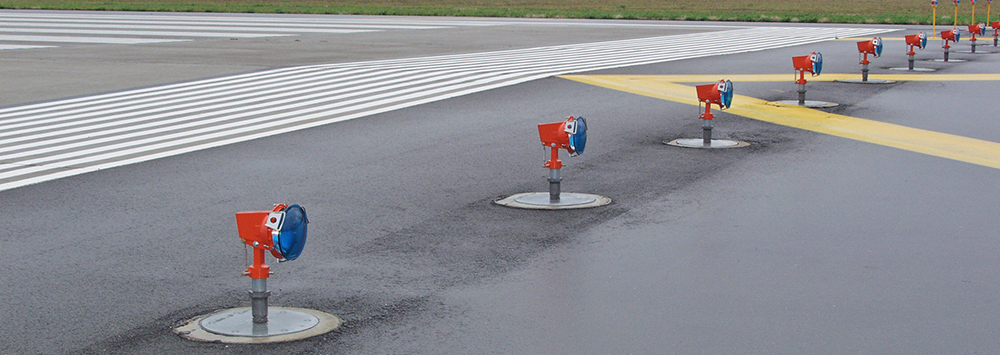
In April, Cassandra Isackson retired from the Minnesota Department of Transportation after nearly 24 years with the agency, trading downtown St. Paul for the woods of Montana. During her time at MnDOT, Isackson held positions with MnROAD, the Office of Tech Support, Metro Traffic, Central Office Traffic, and the Office of Transportation Data and Analysis before taking on the role of director of the Office of Aeronautics in 2013.
Prior to MnDOT, Isackson worked for the Alabama Department of Transportation in her home state. Transportation, she says, has always been her primary career interest. Isackson recently took time from building her house to reflect on her career path—and share plans for what’s next. We at AirTAP thank Cassandra for her support of Minnesota aviation and wish her well.
Did you have any significant influences growing up that led you into an engineering career?
My biggest influence was my parents. They loved my sister and me unconditionally and always wanted us to have successful lives. Even though they didn’t go to college, we always knew that we would due to their hard work. I had a teacher in high school who recognized I was good in math and science and encouraged me to consider engineering. At the University of Alabama, if you entered the College of Engineering undeclared, you were required to take a class where each week someone from a different branch of engineering would talk for an hour about what they do. Civil engineering just seemed to fit.
I have a degree in civil engineering from the University of Alabama—which was one of the first five universities in the nation to offer engineering instruction and has been developing engineers for more than 175 years!
What are some highlights from your time at MnDOT, and what are you most gratified by accomplishing?
One of my biggest accomplishments is my work on the Toward Zero Deaths highway safety program. I truly believe that the work we all did saved lives. Other highlights include working on rumble strips, roundabouts, traffic engineering, asset management, and data governance.
What was the biggest challenge you faced at the agency?
Accepting the position as the aeronautics’ director felt the scariest. I did not have an aviation background, so I was uncertain whether or not I could make a meaningful contribution. I took ground school and tried to meet as many people as possible and learn from them. Luckily for me, people in aviation never tire of talking about it!
What are your concerns for the aviation industry in right now?
One of the challenges I see for aviation is workforce related. Much has been said and written about the “pilot shortage,” but that is the tip of the iceberg. The vast majority of airport managers are city employees who spend less than 5 percent of their time running the airport. Everything they know about airports they learned on the job. Small towns across the country are seeing these employees retiring in droves. Volunteerism—all those pilots and business owners that serve on airport boards to advise city councils—is also down. Skilled and certified technicians to work on navigational equipment are hard to find. All of the “under the radar” folks who keep aviation safe and support the system are in short supply. We have been working with AirTAP and with other states to develop training for these support professionals, but there is much left to be done.

What advice would you give your younger self?
I think to “do more of the same”—work hard, play hard, save more.
What’s something your colleagues might be surprised to learn about you?
I’ve gone 100 mph on a snowmobile (more than once!).
What are your plans in retirement?
[My husband and I] are building a house in Whitefish, Montana. We plan to hike, fish, ski, sled, hunt, and do all the wonderful things the Rocky Mountains have to offer. We also love to travel. We've been in over 30 countries and plan to visit many more. First, we have to get through our construction project. We are doing the contracting ourselves, so we are very busy—sometimes with manual labor, sometimes running errands and arranging subs, sometimes trying to find materials that aren't shockingly expensive!


